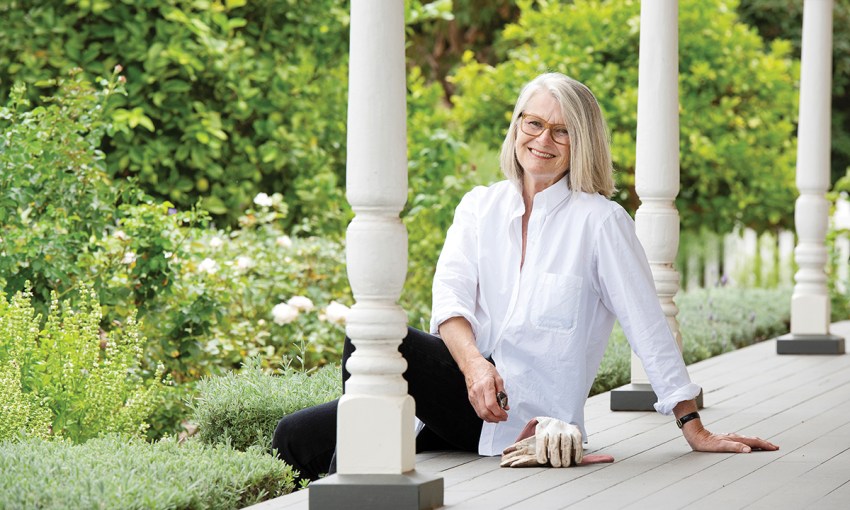Following an extraordinary international career in journalism and publishing, Dee Nolan has returned to her South East childhood home, where she and husband John Southgate have created their own organic paradise.
The homestead at Hynam: Dee Nolan’s return to SA
On an afternoon in 1987, Dee Nolan and John Southgate were on a country road at Hynam, near Naracoorte, gazing at a homestead set back amongst paddocks and towering red gums, reminiscing about childhood stories.
“I was dying to show him where I’d grown up and we came down here and stopped on the road outside Gum Park,” Dee says.
Visiting family in Australia, the couple’s life was about as far removed from country SA as possible – living it up in London with fast-paced careers in the magazine and motoring industries.
“John said ‘One day, we’ll buy it back’,” Dee says. Touched, she told him not to be silly.
Ten years later, Dee’s childhood home was theirs.
Today, a beautifully restored Gum Park is a thriving certified organic farm and home to South Glynde Southdown Stud, with more than 100 sheep peacefully grazing among the olive groves.
At 17, Dee was busy hefting fleeces and getting an education in salty language as a rouseabout on the family farm before she embarked on her true calling.
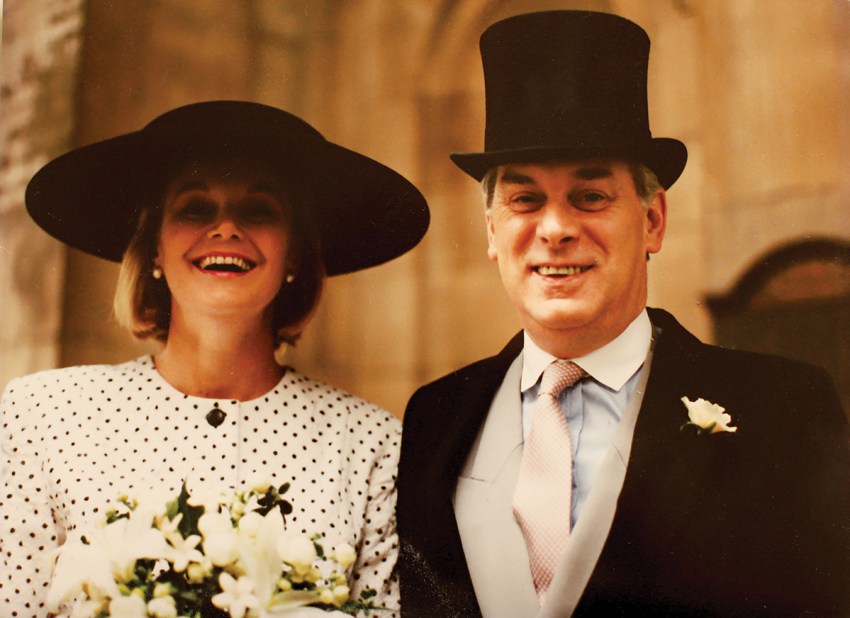
“I wanted to be a journalist and that came from a love of words and writing,” she says. “I wrote to just about every paper in Australia desperately trying to be a journalist.”
Beginning as one of the first copy girls at the Melbourne Herald in 1971, Dee says the job was considered the “lowest form of life” at the newspaper.
Working her way up the ranks, in six years Dee had completed her cadetship and become the paper’s first female police reporter and a state political reporter.
The Herald’s editor, J.A. Fitzgerald would later write in a reference that Dee would be “…remembered particularly for the way she broke the ice in the male stronghold of police rounds to become one of the most productive and pleasant mannered reporters ever to work in the hard-bitten world of crime reporting”.
The reference, tucked in her back pocket, was an ace card for the young Aussie keen to break into London’s “holy grail of journalism” – Fleet Street.
Arriving in London in 1979 with her first husband, also a former journalist, it was an eye-opening time to be in the UK. Inflation was running at 22 per cent, tens of thousands of public sector workers were on strike and Margaret Thatcher was about to become Britain’s first female Prime Minister.
Before leaving Australia, Dee had worked for three years under Ita Buttrose at the hugely popular Australian Women’s Weekly, a job that steered her interests towards editing, rather than reporting.
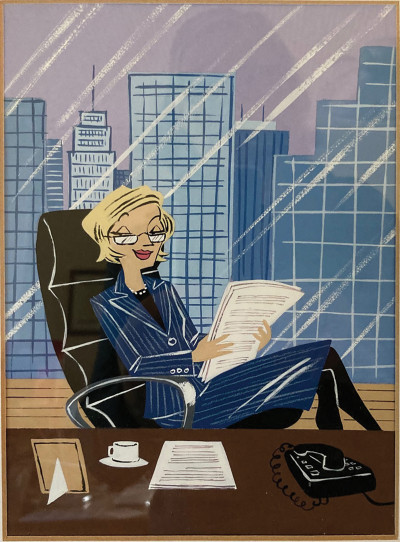
Hired as a regular features editor on the UK’s Woman’s Own magazine, it was a time when celebrity culture was evolving and a plucky journalist could land an exclusive interview with a bit of luck and sheer audacity.
“There was still the chance that if you went to London’s most expensive florist and got the biggest bunch of flowers and somehow snuck onto Liz Taylor’s floor at the Savoy, that they might say yes,” Dee says.
Renowned for her ability to produce innovative content that appealed to both men and women, Dee was “headhunted into Fleet Street”, taking on top roles at the Daily Express and Sunday Express newspapers.
It was the 1980s, the time of big money when high disposable incomes provided the perfect fodder for aspirational magazines, dubbed the “glossies”.
Asked to oversee the launch of a localised version of popular US magazine Metropolitan Home, Dee relished the role, introducing high fashion, food and restaurant coverage, beautifully illustrated by top photographers and journalists. For 15 heady months, it was a recipe for success.
“Then the crash came,” Dee says, of the day in 1987 etched into history as Black Monday.
“No one wanted Italian-designed furniture anymore and the BMWs were repossessed. The magazine just went over a cliff.”
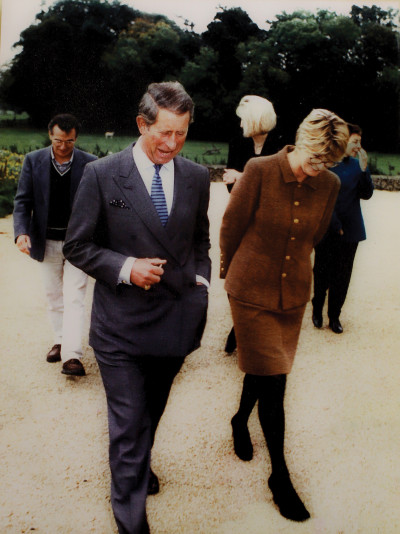
With her redundancy money, Dee bought a plane ticket to Australia, taking her new man with her.
It was a “lovers’ car” photoshoot that had brought Dee and John Southgate together.
As Vice-President and Head of Public and Governmental Affairs for Ford of Europe, John was the right-hand man of Henry Ford II, travelling at his side on his frequent visits to the principal countries of Ford’s European motoring empire.
Working for the Sunday Express, a determined Dee had dreamt up a scheme for a future Valentine’s Day photoshoot and wanted to get her hands on a bright red Ford Escort Cabriolet; a car that Princess Diana had owned.
As the man famous for making things happen, John found himself meeting Dee and her team at the exclusive Harry’s bar, brimming with bellinis and confidence.
“She’d already conned De Beers out of some diamonds,” John says. “So, I gave her a specially-designed car and shipped it to Paris with a couple of models.”
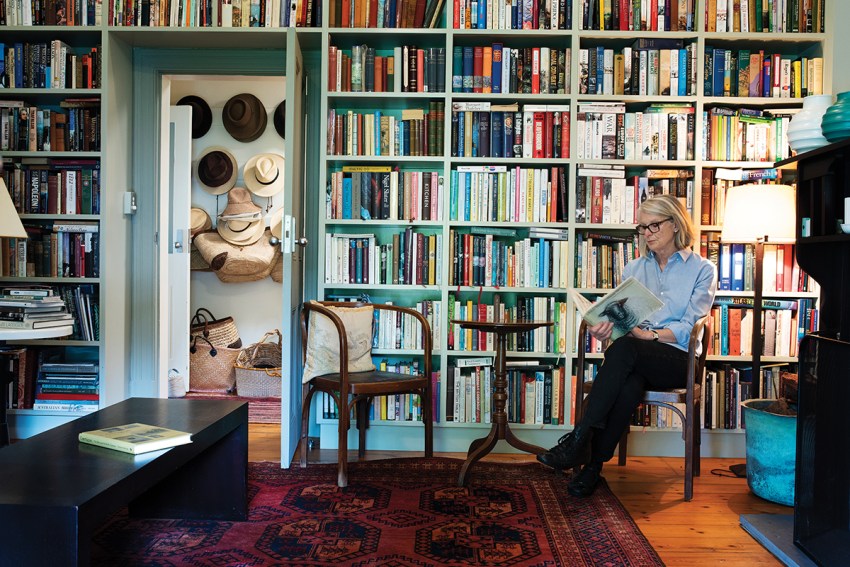
The shoot complete, John invited Dee to accompany him to Glyndebourne Opera Festival.
They were married in 1988 at St George’s Church in London – John resplendent in a top hat, and a Dior-clad Dee with a smile as wide as her Christian Lacroix hat.
Although the couple were at the pinnacle of their careers in London, the trip home sparked the possibility of a life back in Australia and, in particular, dreams of a particular house at Hynam.
Dee’s parents had sold Gum Park in 1979, the year Dee went to London. It was the first time the property had been out of Nolan hands since Dee’s grandfather settled there in 1909.
Serious about their plans to return home, the pair asked a friend to keep an eye on the local real estate market for them. In 1996, the stars aligned.
“We came home for a visit and before we knew it, we had an option on it and we were buying it,” Dee says.
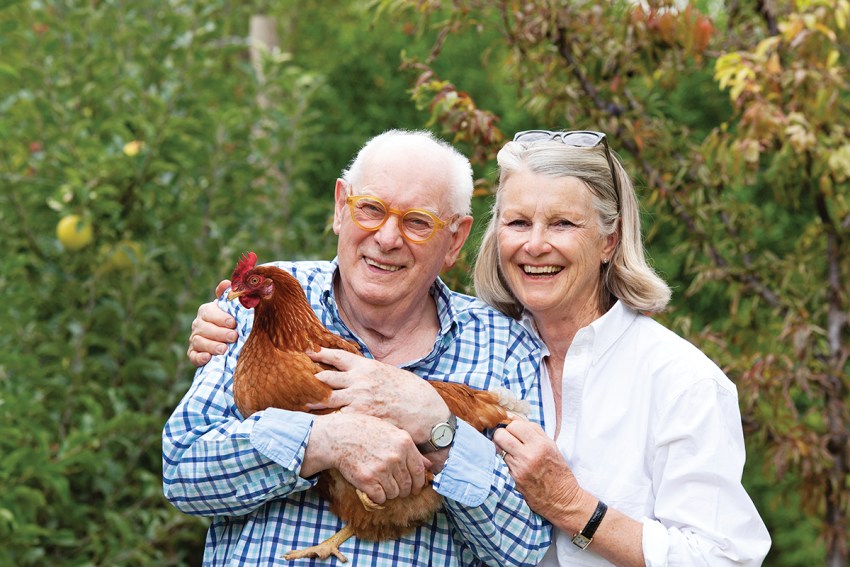
Still living overseas, they embarked on what Dee refers to as a “long-distance rescue”.
“The house definitely needed some TLC,” she says. “There were white ants all throughout and you could literally see the sky through the bathroom ceiling.”
Engaging Adelaide architects Phillips Pilkington for the renovation, they had a simple brief: to fill it with light.
“I had a childhood memory of it being dark in the house, which was how you kept houses cool back then,” Dee says. “All I wanted was a house that had light in it.”
The homestead’s original four rooms were renovated to become a bedroom, dressing room, bathroom and library, with an open-plan kitchen and dining area with cathedral ceilings completing the refurbishment.
Large windows and a wrap-around verandah deliver sweeping views of the property, from wild ducks landing on the lake to the 700-year-old red gums standing sentinel in the paddocks.
“Every window is almost like looking at a painting; I just love it,” Dee says. However, the house still retains elements of its original farmhouse charm.
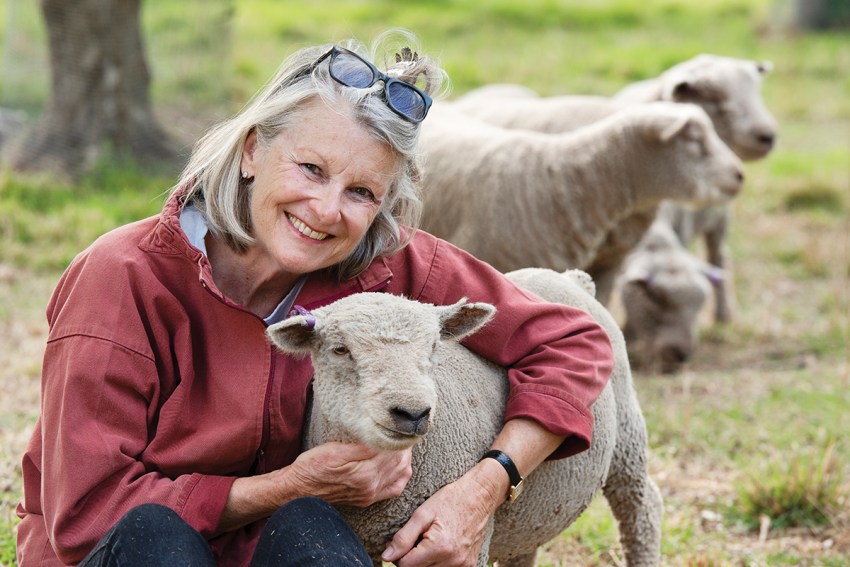
“The floor still creaks as it did when I was a child,” she smiles.
Meanwhile, as renovations were continuing in Australia, a member of the Royal Family had opened Dee’s eyes to the emerging organic farming movement in the UK.
As Editor of You magazine, which sponsored the Organic Food Awards, Dee introduced an innovative new food culture to her six-million-plus readership.
“Suddenly supermarkets were scrambling to provide organic produce,” Dee says. “People were starting to shop in a different way and there was a really exciting breed of farmers coming through. I think Prince Charles did move the needle on that.”
In the quiet English countryside town of Tetbury, Highgrove remains the Prince’s country home, where he indulges his passion for sustainable farming and organic agriculture, growing fruit and vegetables in harmony with nature.
“Prince Charles had this mantra of ‘seeing is believing’,” she says. “It was really the best example of how to convert to organics.”
Shepherding groups of keen You readers to Highgrove, the beauty and simplicity of the property and its commitment to the organic way resonated with Dee.
However, the Big Apple beckoned.
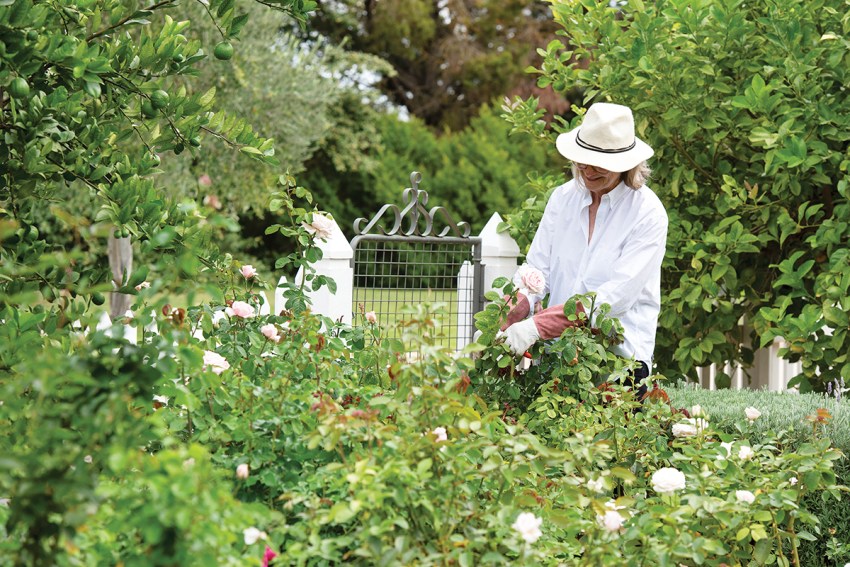
Impressed with the way Dee had successfully launched their US magazine InStyle into the UK market, one of the world’s largest and most renowned publishing companies offered her the opportunity of a lifetime.
As Editor at Large for Time Inc, Dee’s office was on the 42nd floor of the Time & Life building in midtown Manhattan, with just a window between her and New York City. She recalls that the morning line-up of limousines outside the office could rival the Oscars red carpet.
It was a very different world to London. Dee was now working on prototypes for launches and also ensuring the company’s flagship publication, Time magazine, covered news of the day with the relevance and insight they were renowned for.
“I remember the first big scare about hormone-replacement therapy for menopause, which would normally be shunted into a women’s section,” Dee says.
“We broadened it and made it a story for both men and women, which of course it was. There is a great middle-ground where men and women can be part of the same conversation.”
The couple joke it was a sporting competition that finally lured them back to Australia.
“The 2003 World Cup Rugby wooed us back, because John is such a dyed-in-the-wool rugby fan,” Dee laughs.
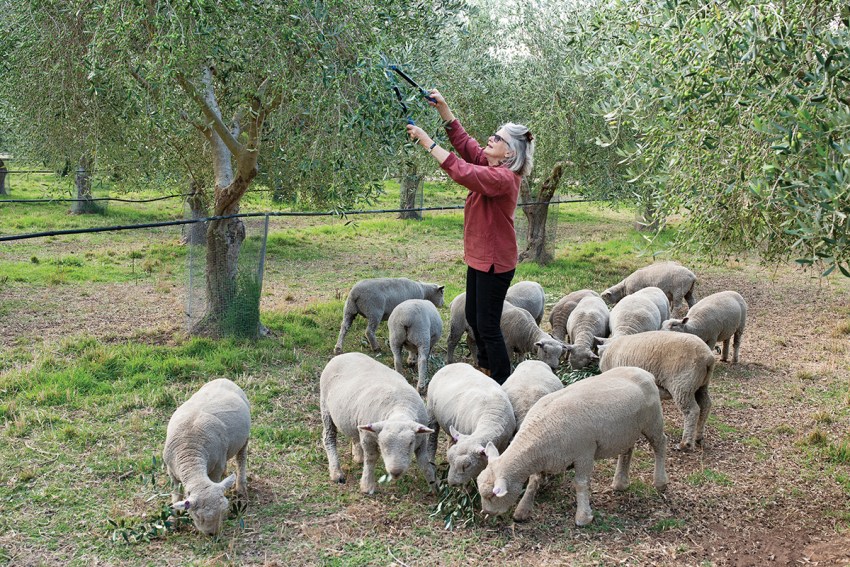
Inspired by her time at Highgrove and memories of life on the farm, Dee and John set about creating their own piece of organic paradise on the sprawling 700 acres of Gum Park.
Dee’s thoughts turned to the animals from her time on the farm, more than 30 years prior – Southdown sheep.
Originating from Glynde in the UK, Southdowns are bred for their compact size and raised primarily for meat.
Purchasing 22 Southdown ewes and a pair of rams from a Victorian stud, Dee was shocked by the difference in size of the modern breed to the much smaller sheep she recalled from her childhood.
“I came home and got some first cross ewes and hadn’t really clocked how much larger they were, like miniature ponies,” she says.
Travels across Italy had prompted Dee to plant 3000 olive trees with the intention of producing organic olive oil, which led to her first farming mishap.
“I didn’t want to have a series of monocultures and I’d seen sheep in olive groves and conveniently forgot someone was bringing them in at night,” she laughs.
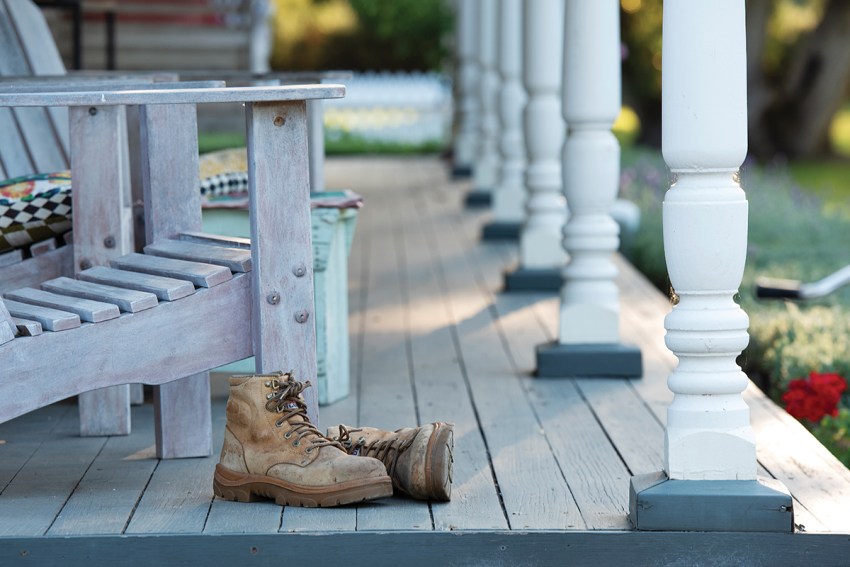
“Of course, they ate everything! My poor olive trees got whisked out of the grove.”
But she planted again and Nolan’s Road Olive Oil would later feature in the kitchens of some of Australia’s top restaurants, including Sean’s Panorama and Billy Kwong.
Meanwhile, after some mating experiments over a period of years, “genetics won out” and Dee began to see her flock dominated by the smaller breed she remembered so fondly, known as Babydolls.
Describing the Babydoll as a “contemporary Southdown”, Dee says she feels strongly about preserving heritage breeds.
“It’s a snapshot in time, how the breed was in Australia between the 1920s and 1970s,” she says.
“They’re my reason for leaping out of bed every day and they’re a size of sheep I can handle on my own.”
Standing at the gate to the olive grove paddock, Dee calls her favourites by name.
“Hello Minnie, Betty, Blossom, Miss Tuffie…”
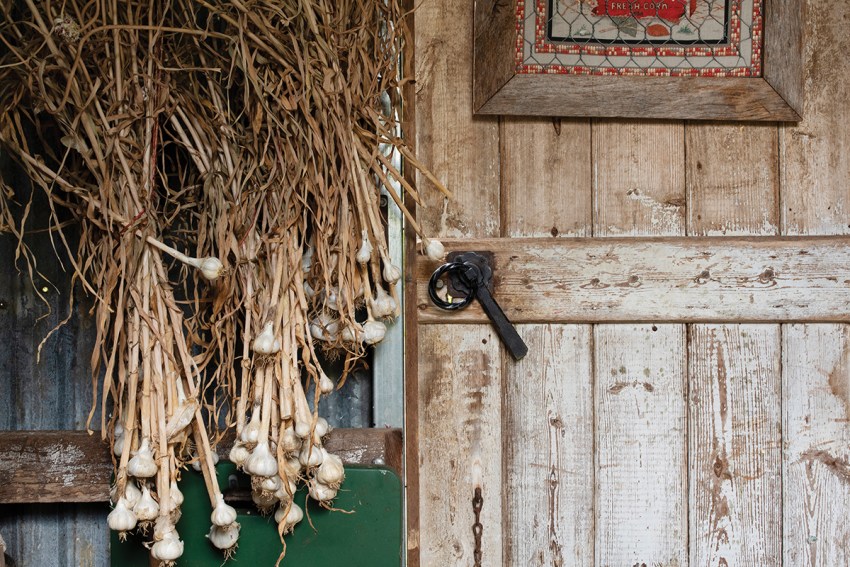
Selling the Southdowns to prime lamb producers, the Babydolls, with their placid natures, are much sought-after by small-acre farmers looking for family-friendly livestock.
A hands-on farmer, Dee is happy to pull on her gumboots for drenching, mating and helping out in the shearing shed, although she still dubs herself the “world’s worst rouseabout”.
“I think back to that time to when I fought that battle to be a rouseabout when I was 17. They worked much harder in those days.”
As much as she was enjoying life on the farm, Dee couldn’t shake her love of writing. The idea for her first book, A Food Lover’s Pilgrimage to Santiago de Compostela, had been planted at a “wonderful, long, drunken lunch” with friends at a Bondi Beach restaurant, including Penguin’s Julie Gibbs, the producer behind Australia’s most loved cookbooks.
Part travel, part food, part adventure, Dee spent long months travelling, writing, chasing down tales and walking sections of the 800-kilometre Camino de Santiago trails across France and Spain, writing from a deeply personal angle.
“As a farmer, my father taught me to look over the fence and that’s what I wanted the book to be,” she says.
“A culture can change between one hilltop town to the next, in quite subtle ways. If you’re whizzing through, you won’t notice, but if you take the time, you’ll notice that incredible connection to place is everywhere.”
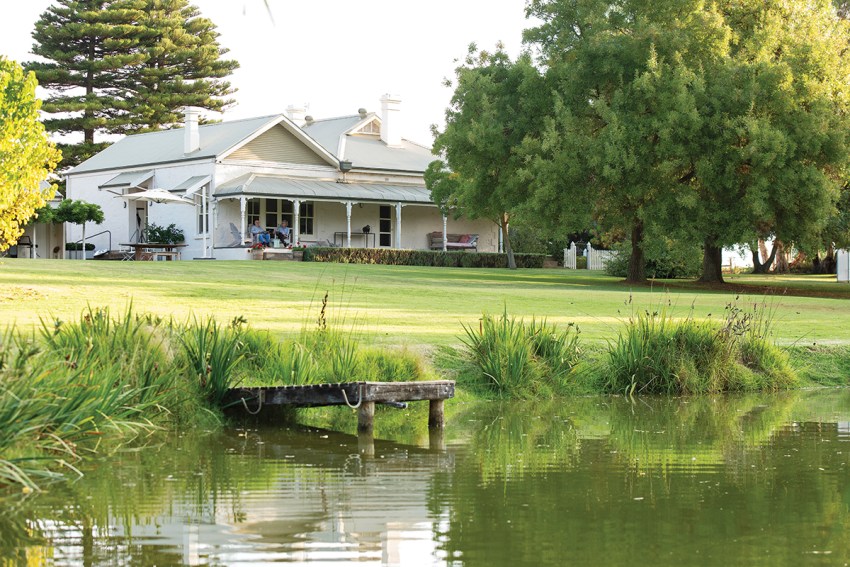
Published in 2010 and beautifully accompanied by photographer Earl Carter’s images, Dee described her journey in rich detail; her delight in visiting a restaurant where taureau or Camargue beef was cooked over an open fire, and sharing a steaming bowl of caldo gallego, a thick Galician soup, at guesthouses with fellow pilgrims.
The book was recognised as one of the Best Culinary Travel Books in the World in the 2010 Gourmand World Cooks Awards.
A second book followed in 2014, A Food Lover’s Pilgrimage to France, where Dee retraced sections of the camino path, this time delving deep into French traditions and culture.
In the introduction of her first book, Dee wrote about a “growing sense that I would find my future in the past”.
Sitting at her kitchen table, Dee reflects life has indeed come full circle, entwining old and new worlds in curious ways.
The couple laugh as they share a video of Minnie as a tiny lamb, who was bottle-fed from birth, merrily destroying the weekend edition of UK newspaper The Financial Times, a news indulgence leftover from London days.
Now, when friends come and stay at Gum Park – and there is a steady roster – there’s always the hopeful question of just when a slow-cooked shoulder of Southdown lamb might be on the menu, the recipe plucked straight from one of Dee’s books.
“I deeply love being here, the place John and I have rescued and made our home together,” Dee says. “I really wish my mother and father were here to see it.”
This story first appeared in the June 2021 issue of SALIFE magazine.
including free delivery to your door.



